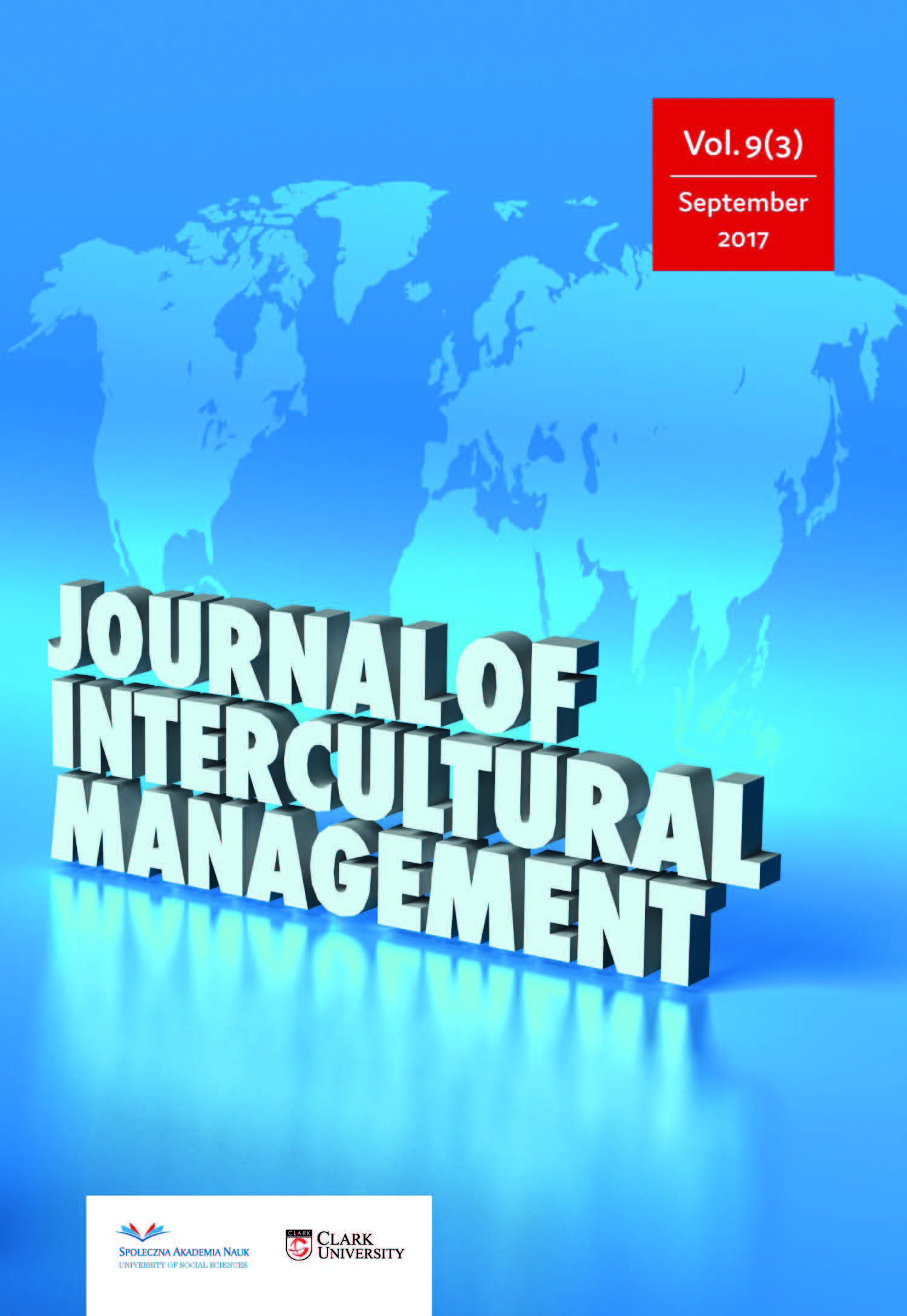Juxtaposition of Organizational Competitive Factors and
Performance Evaluation in Conjunction with Their
Implications for HRM in MNCs: Part Two, Statistical Correlation Analysis within the Polish Findings
Juxtaposition of Organizational Competitive Factors and
Performance Evaluation in Conjunction with Their
Implications for HRM in MNCs: Part Two, Statistical Correlation Analysis within the Polish Findings
Author(s): Marzena Stor, Allen D. Engle, József PoórSubject(s): Business Economy / Management, Human Resources in Economy
Published by: Społeczna Akademia Nauk
Keywords: human resources management; competitive advantage; business strategy; multinationals; Central Europe; HR patterns of practice – national and regional
Summary/Abstract: Objective – The main goal of the paper is to determine whether there are anyidentifiable patterns of HRM perceptions and practices when the factors recognized as thecompanies’ competitive advantages and results of their performance outcomes are juxtaposedin conjunction with their implications for HRM.Methodology – The research was conducted in five Central and Eastern (CE) countries. Thedata collected from this region is used to provide a broader comparative context (descriptivestatistics) as presented in the earlier article in this volume. This second part provides a moredetail correlational analyses conducted on the data coming exclusively from local subsidiariesof MNCs operating in Poland.Findings - In Poland the higher the appraisal of the quality of workforce and the quality ofmanagement as the competitive factors at the same time, the higher the level of decentralization.The correlation analysis in the scope of particular areas of performance evaluation andthe ratings of critical subfunctions of HR in Poland allow to identify some general patterns.Value added – The research has certain theoretical significance because its results providesome knowledge about the specificity of HRM in local subsidiaries of MNCs operating CE, andparticularly exemplifying some regularities within HRM appearing in Poland. Furthermore, itidentifies some patterns of HRM perceptions and practices at the local level of MNCs bothin CE and Poland, and especially when the factors recognized as competitive advantages oflocal subsidiaries and the results of performance evaluations of these subsidiaries are reportedin conjunction with their implications for HRM. All this makes an empirical contribution toknowledge about SIHRM in MNCs.
Journal: Journal of Intercultural Management
- Issue Year: 9/2017
- Issue No: 3
- Page Range: 119-143
- Page Count: 26
- Language: English

